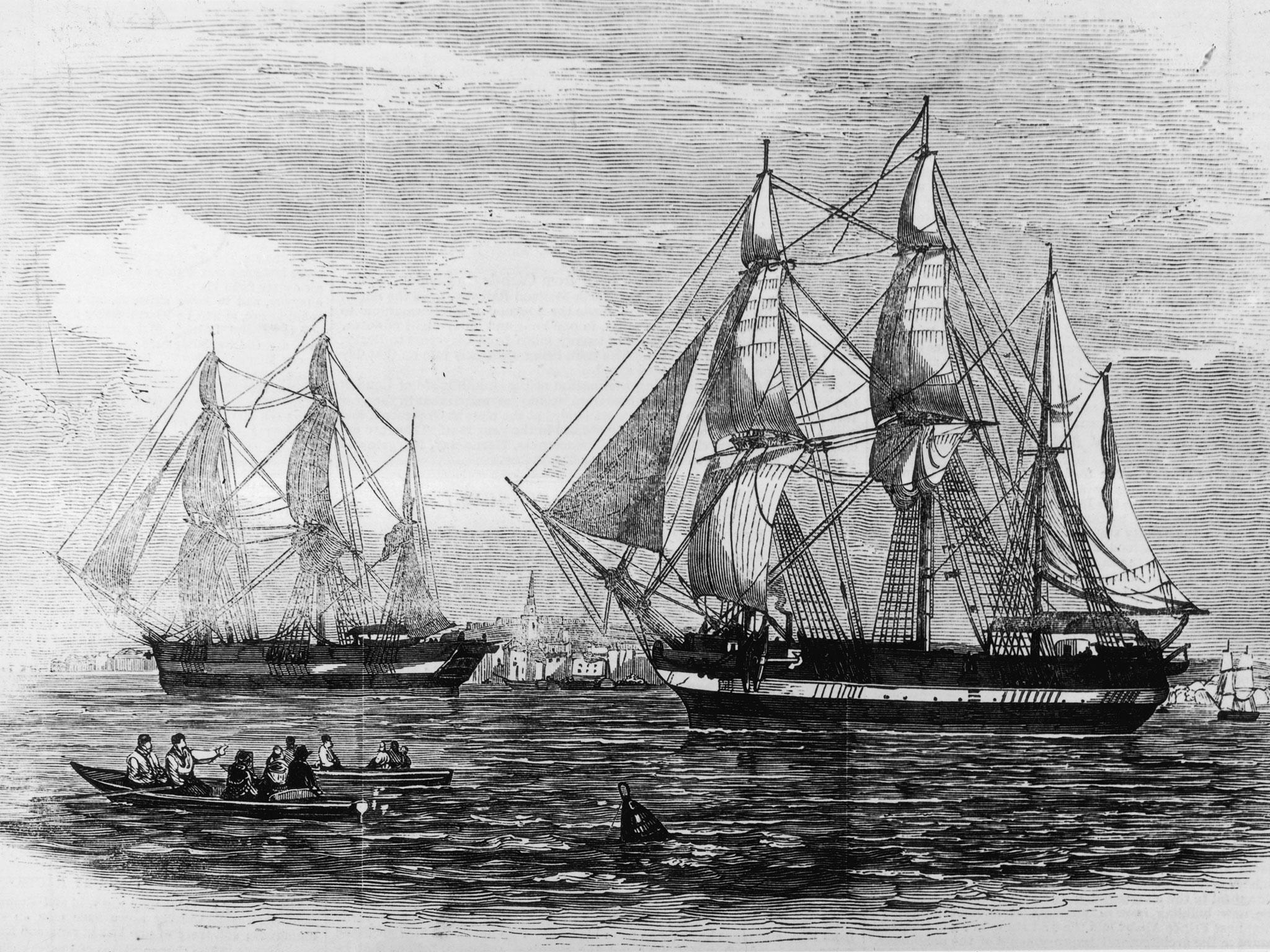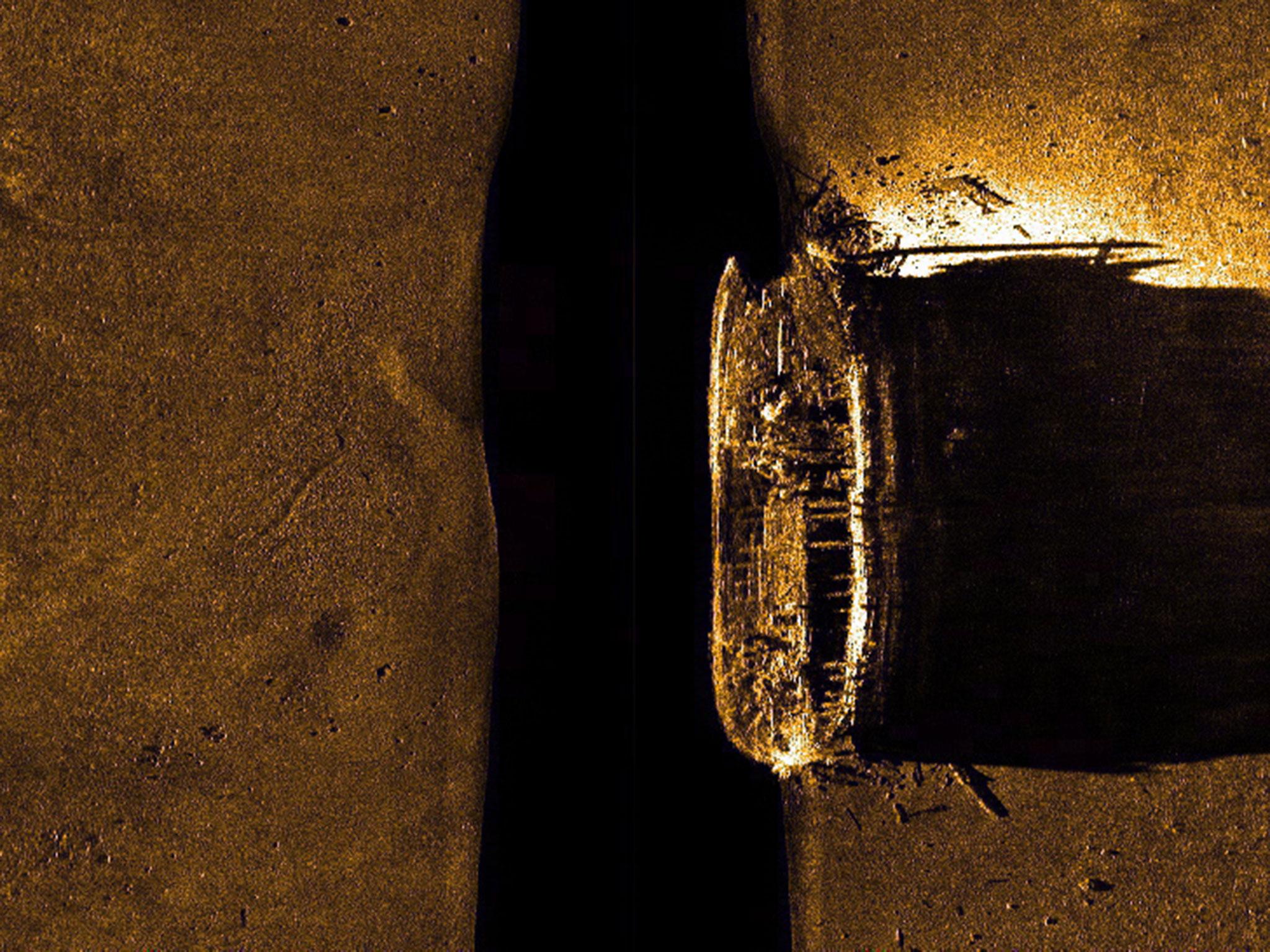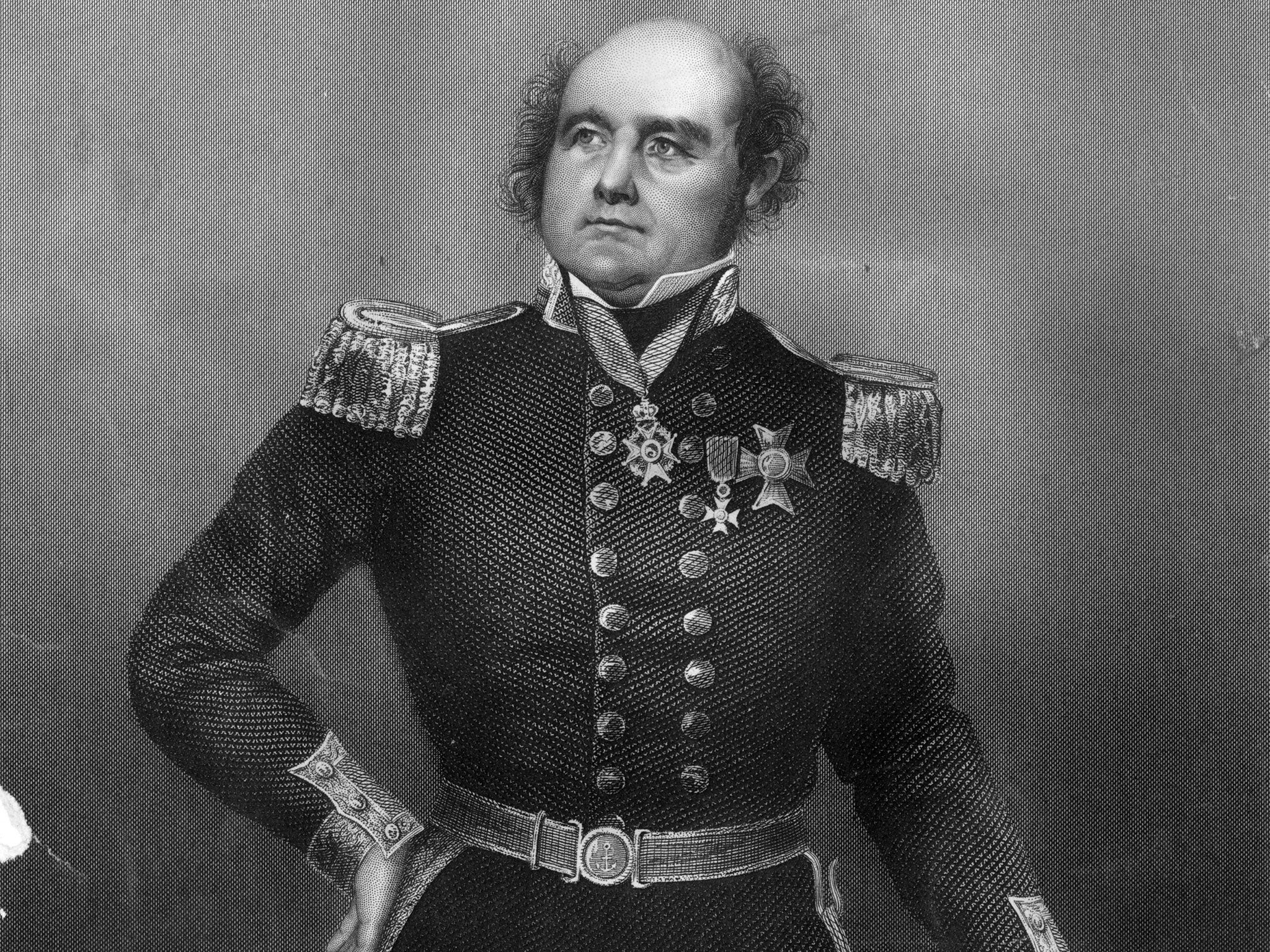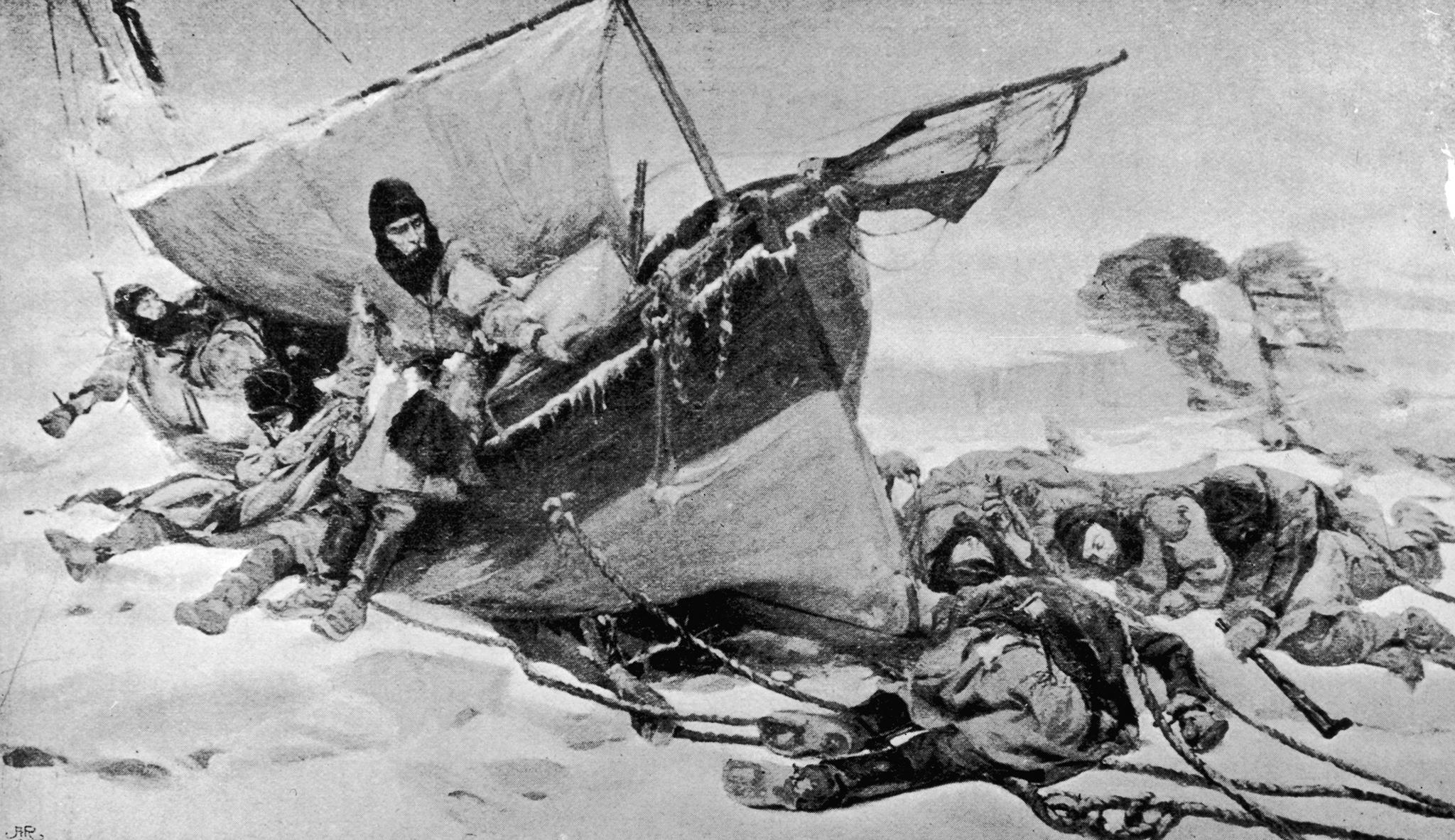HMS Terror: Sir John Franklin's doomed ship found after 168 years underwater
Ship has not been seen since 1840s

Your support helps us to tell the story
From reproductive rights to climate change to Big Tech, The Independent is on the ground when the story is developing. Whether it's investigating the financials of Elon Musk's pro-Trump PAC or producing our latest documentary, 'The A Word', which shines a light on the American women fighting for reproductive rights, we know how important it is to parse out the facts from the messaging.
At such a critical moment in US history, we need reporters on the ground. Your donation allows us to keep sending journalists to speak to both sides of the story.
The Independent is trusted by Americans across the entire political spectrum. And unlike many other quality news outlets, we choose not to lock Americans out of our reporting and analysis with paywalls. We believe quality journalism should be available to everyone, paid for by those who can afford it.
Your support makes all the difference.The second of two British explorer ships that vanished in the Arctic nearly 170 years ago during an expedition to find the fabled Northwest Passage has been found.
The Arctic Research Foundation said in Canada that the HMS Terror had been located by a research ship.
Last seen in the 1840s while under the command of Sir John Franklin, HMS Erebus and HMS Terror have long been among the most sought-after prizes in marine archaeology and the subject of songs, poems and novels.
The wreck of the Erebus was found in 2014.
Adrian Schimnowski, the expedition leader of the research ship that located the HMS Terror, said the ship was found on September 3, adding: "It is a perfect time capsule."
The Terror was discovered in 26 yards of water in Terror Bay, a small indentation on the coast of King William Island west of the community of Gjoa Haven.
Canadian Rear-Admiral John Newton said the two Franklin ships were found about 31 miles apart from each other.
Sir John and 128 hand-picked officers and men had set out in 1845 to find the Northwest Passage, the long-sought shortcut to Asia that supposedly ran from the Atlantic to the Pacific by way of the harsh, ice-choked Arctic.

The death of all 129 men made the Franklin expedition the worst tragedy in the history of Arctic exploration.
Historians believe the ships got trapped in thick ice in 1846 off Prince William Island, and that Sir John and some other crew members died in the ensuing months.
The survivors apparently abandoned the two ships in April 1848 in a hopeless bid to reach safety overland.
Dozens of searches by the British and Americans in the 1800s failed to locate the wrecks, and some of those expeditions also ended in tragedy.
But they opened up parts of the Canadian Arctic to discovery and ultimately found a Northwest Passage, though it proved inhospitable to shipping because of ice and treacherous weather.

Mr Schimnowski said the mystery might have remained if not for a late-night conversation on the Martin Bergmann, a research vessel, between himself and Sammy Kogvik, an Inuk and Canadian Ranger from Gjoa Haven.
Mr Kogvik started talking about something he had seen seven years ago while snowmobiling across the sea ice off Terror Bay.
He recalled how he had looked behind him to check on his hunting partner when he spotted a large pole sticking up out of the ice. The two Inuit stopped and took pictures of what looked like a ship's mast.

But when he got home to Gjoa Haven, he found he had dropped his camera and lost the shots.
"He kept the story secret because he didn't want people not to believe him," Mr Schimnowski said.
"We listened to Sammy's story on the bridge of the Bergmann and changed course to take a look," he said.
In the days since the discovery, the crew has identified a number of the Terror's features.
There is video of the ship's bell, a cannon similar to those on the Erebus has been spotted and the ship's helm is still there "in perfect condition," said Mr Schimnowski.
There are no plans to raise the two ships.
Associated Press
Join our commenting forum
Join thought-provoking conversations, follow other Independent readers and see their replies
Comments